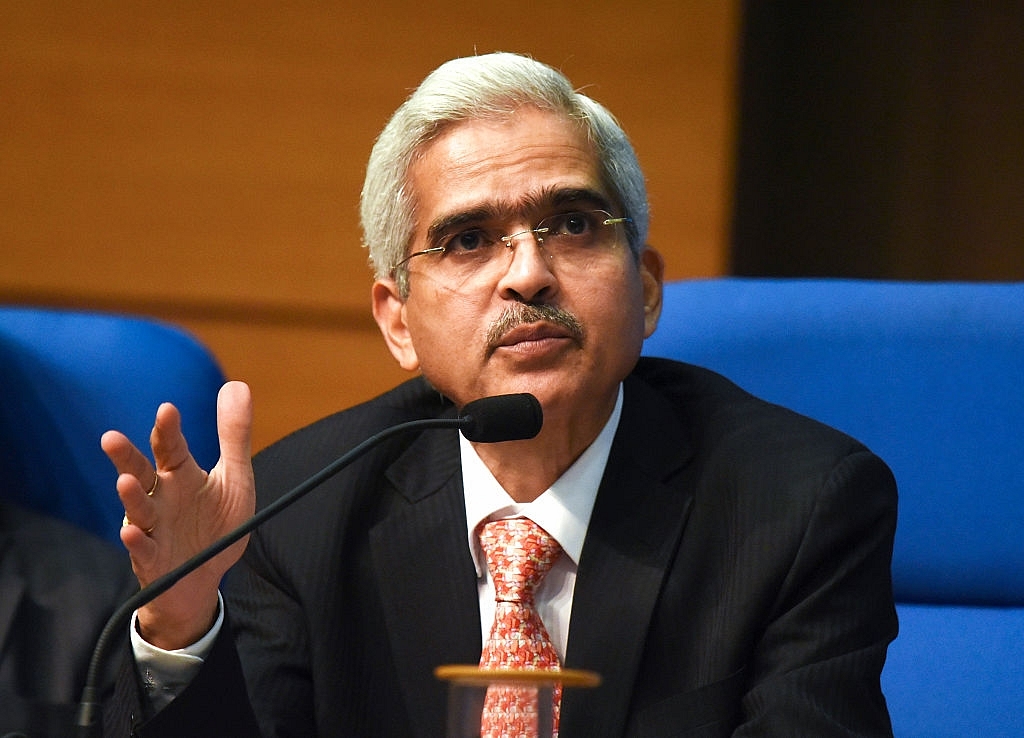Insta
RBI Cuts Repo Rates From 6.5 Per Cent To 6.25 Per Cent With Immediate Effect; Changes Monetary Policy Stance To ‘Neutral’

RBI Governor Shaktikanta Das. (Vipin Kumar/Hindustan Times via Getty Images)
The Monetary Policy Committee (MPC) headed by RBI Governor Shakikanta Das announced that it has reduced the policy repo rate under the liquidity adjustment facility (LAF) by 25 basis points from 6.5 per cent to 6.25 per cent with immediate effect. The MPC also decided to change the monetary policy stance from calibrated tightening to neutral.
"Consequently, the reverse repo rate under the LAF stands adjusted to 6.0 per cent, and the marginal standing facility (MSF) rate and the Bank Rate to 6.5 per cent," RBI added.
This reduction in interest rate is in line with what NITI Aayog chairman Rajiv Kumar had asked for to boost Indian economy’s growth. He had earlier said that he was ‘hopeful’ that Reserve Bank of India (RBI) will soon cut interest rates by 25 basis points and change to a neutral stance
Repo rate is the rate at which RBI lends money to commercial banks in exchange for government securities and reverse repo rate is the rate at which RBI borrows the banks. Also, RBI’s Monetary Policy Committee (MPC), created under the current NDA government, is the apex authority that decides on the interest rates in India.
Sanjeev Sanyal, the principal economic adviser in the finance ministry, had also earlier stated that RBI should cut rates as inflation was under control. Consumer Price Index (CPI) was at an 18-month low at 2.19 per cent in December 2018, and wholesale price inflation touched an eight-month low at 3.80 per cent.
However, the rate cut was earlier than what a Reuters poll had predicted. It had stated in November 2018 that RBI would not raise interest rates soon, and the hike might come only after April 2019.
Support Swarajya's 50 Ground Reports Project & Sponsor A Story
Every general election Swarajya does a 50 ground reports project.
Aimed only at serious readers and those who appreciate the nuances of political undercurrents, the project provides a sense of India's electoral landscape. As you know, these reports are produced after considerable investment of travel, time and effort on the ground.
This time too we've kicked off the project in style and have covered over 30 constituencies already. If you're someone who appreciates such work and have enjoyed our coverage please consider sponsoring a ground report for just Rs 2999 to Rs 19,999 - it goes a long way in helping us produce more quality reportage.
You can also back this project by becoming a subscriber for as little as Rs 999 - so do click on this links and choose a plan that suits you and back us.
Click below to contribute.
Latest